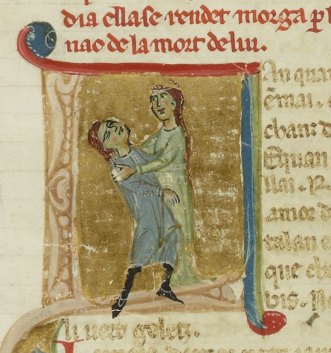The most fundamental question of all in playing early music today is: how can the music be played to reflect historical practice? This is the third of three articles on this topic for medieval music, aiming to be practical guides with plenty of musical examples and illustrations, and a bibliography for those who wish to delve further.
 The first article discussed historical instrument combinations and the second how to create polyphonic accompaniments for music written monophonically. This third and last article discusses a wide variety of questions of style: the performance of the non-mensural (non-rhythmic) notation of the troubadours; the role of the voice and instruments; ornamentation; questions of intelligibility, language and sung translations; musical preludes and postludes; and the effect of the various functions of music on the way it is performed.
The first article discussed historical instrument combinations and the second how to create polyphonic accompaniments for music written monophonically. This third and last article discusses a wide variety of questions of style: the performance of the non-mensural (non-rhythmic) notation of the troubadours; the role of the voice and instruments; ornamentation; questions of intelligibility, language and sung translations; musical preludes and postludes; and the effect of the various functions of music on the way it is performed.
This article features a video of Martin Carthy singing a traditional English song on the basis that his free style, with the voice leading and guitar following, each verse phrased differently, so free that it is mensurally unwritable, may have something important to tell us about the historical performance of troubadour songs.






